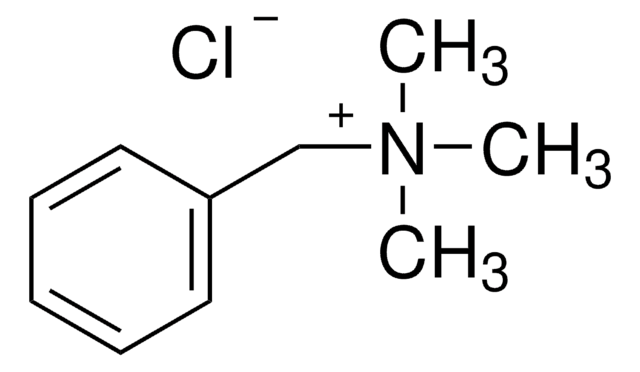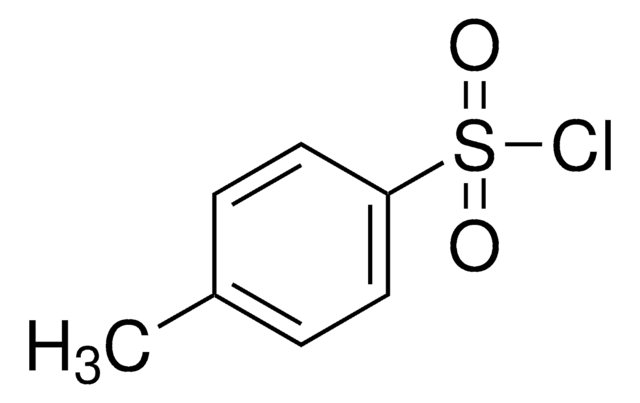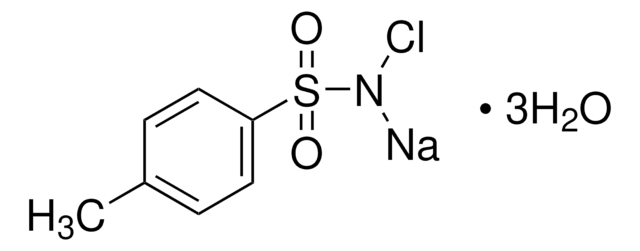Kluczowe dokumenty
229784
Manganese(II) sulfate hydrate
≥99.99% trace metals basis
Synonim(y):
Manganous(II) sulfate hydrate
About This Item
Polecane produkty
agency
suitable for SM 5210
Poziom jakości
Próba
≥99.99% trace metals basis
Formularz
solid
zanieczyszczenia
≤100.0 ppm Trace Metal Analysis
Zastosowanie
battery manufacturing
temp. przechowywania
2-8°C
ciąg SMILES
O.[Mn++].[O-]S([O-])(=O)=O
InChI
1S/Mn.H2O4S.H2O/c;1-5(2,3)4;/h;(H2,1,2,3,4);1H2/q+2;;/p-2
Klucz InChI
ISPYRSDWRDQNSW-UHFFFAOYSA-L
Szukasz podobnych produktów? Odwiedź Przewodnik dotyczący porównywania produktów
Opis ogólny
Zastosowanie
- As an electrolyte additive in rechargeable aqueous zinc/sodium manganese oxides batteries. It helps to stabilize the manganese oxide cathode and improve the overall electrochemical stability of the battery
- In the synthesis of electrodes for supercapacitors due to its high theoretical capacitance, low cost, and environmental friendliness.
- As a precursor material to synthesize various forms of manganese oxide (MnOx) for use as electrode materials in supercapacitors.
- As a precursor materials along with other transition metal sulfates for the synthesis of cathode materials such as NMC for Lithium-ion batteries.
Hasło ostrzegawcze
Warning
Zwroty wskazujące rodzaj zagrożenia
Zwroty wskazujące środki ostrożności
Klasyfikacja zagrożeń
Aquatic Chronic 2 - STOT RE 2
Kod klasy składowania
11 - Combustible Solids
Klasa zagrożenia wodnego (WGK)
WGK 2
Temperatura zapłonu (°F)
Not applicable
Temperatura zapłonu (°C)
Not applicable
Środki ochrony indywidualnej
dust mask type N95 (US), Eyeshields, Gloves
Wybierz jedną z najnowszych wersji:
Masz już ten produkt?
Dokumenty związane z niedawno zakupionymi produktami zostały zamieszczone w Bibliotece dokumentów.
Klienci oglądali również te produkty
Produkty
Lithium-Ion Battery Performance: Dependence on Material Synthesis and Post‑Treatment Methods
Nasz zespół naukowców ma doświadczenie we wszystkich obszarach badań, w tym w naukach przyrodniczych, materiałoznawstwie, syntezie chemicznej, chromatografii, analityce i wielu innych dziedzinach.
Skontaktuj się z zespołem ds. pomocy technicznej








